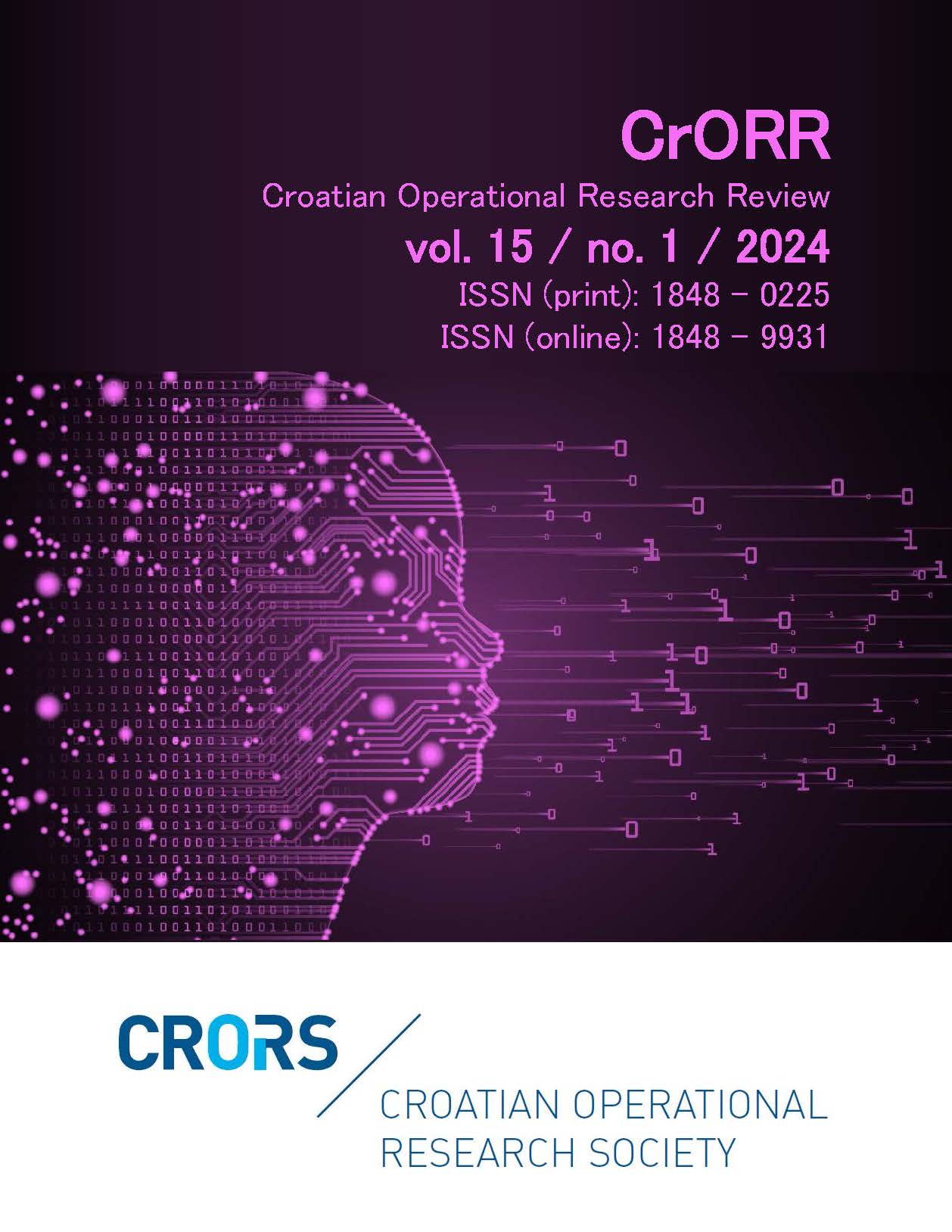A dual method for polar cuts in disjoint bilinear programming
Abstract
As one branch of deterministic approaches to disjoint bilinear programming, cutting plane methods are renowned for its ability to systematically reduce the search space by adding cutting planes that are able to cut off regions deemed infeasible or suboptimal. Polar cuts have been widely utilized as a dominating type of cut in terms of deepness. During the establishment of a polar cut, the modified Newton's method is employed to derive the cutting points along the positive or negative extensions of edges emanating from a local solution. Nonetheless, its performance can be further improved along the positive extensions. Drawing inspiration from integer programming, we develop a new approach based on the LP duality theory for this purpose. It re-formulates the original program with a piece-wise linear concave objective function as a single LP. Moreover, we propose a new technique to derive the edges as accommodation to degeneracy. Numerical results show that, by utilizing our newly developed dual method, computing time can be gradually saved as the percentage of generated cutting points along the positive extensions of edges rises.
Downloads
Published
Issue
Section
License
- Authors retain copyright and grant the journal right of first publication with the work simultaneously licensed under a Creative Commons Attribution License that allows others to share the work with an acknowledgement of the work's authorship and initial publication in this journal
- Authors are able to enter into separate, additional contractual arrangements for the non-exclusive distribution of the journal's published version of the work (e.g., post it to an institutional repository or publish it in a book), with an acknowledgement of its initial publication in this journal.
- Authors are permitted and encouraged to post their work online (e.g., in institutional repositories or on their website) prior to and during the submission process, as it can lead to productive exchanges, as well as earlier and greater citation of published work (See The Effect of Open Access).


